Avocado Brocoli Pasta

Written by Kenny Ekerin
Fact Checked by Mindsmaking Professionals
18th, November, 2025
This post may contain affiliate links. Please read our disclosure policy.
Looking for a healthy, family-friendly meal? This Avocado Broccoli Pasta is a healthy, delicious meal. Packed with nutrients like healthy fats, fiber, and vitamins, it’s easy to make and perfect for lunch or dinner.

Why This Pasta Is Great for Babies, Toddlers & Families
This pasta is great for babies because its soft texture is easy to grasp and chew. It supports self-feeding while providing essential nutrients, like healthy fats, vitamins, and minerals for growth. The mild flavours are gentle on their developing palate.
For toddlers, it’s a nutrient-dense meal that provides the energy they need for their active lifestyle, and encourages independence with finger food-friendly pasta shapes. It’s also easy to adapt by adding toppings, like cheese or protein.
This recipe is quick and simple to prepare, making it a convenient and wholesome meal. The sauce can be seasoned or modified for adults, allowing everyone to enjoy the dish together. It’s an excellent way to introduce healthy eating habits to the whole family.
Avocado Broccoli Pasta Recipe
Ingredients:
- 1 cup of pasta.
- 4-5 cooked broccoli florets.
- 1/2 avocado.
- 1/2 cup plain yoghurt.
- Optional: A pinch of garlic powder or a drizzle of olive oil (if desired, for added flavour).
Mindsmaking
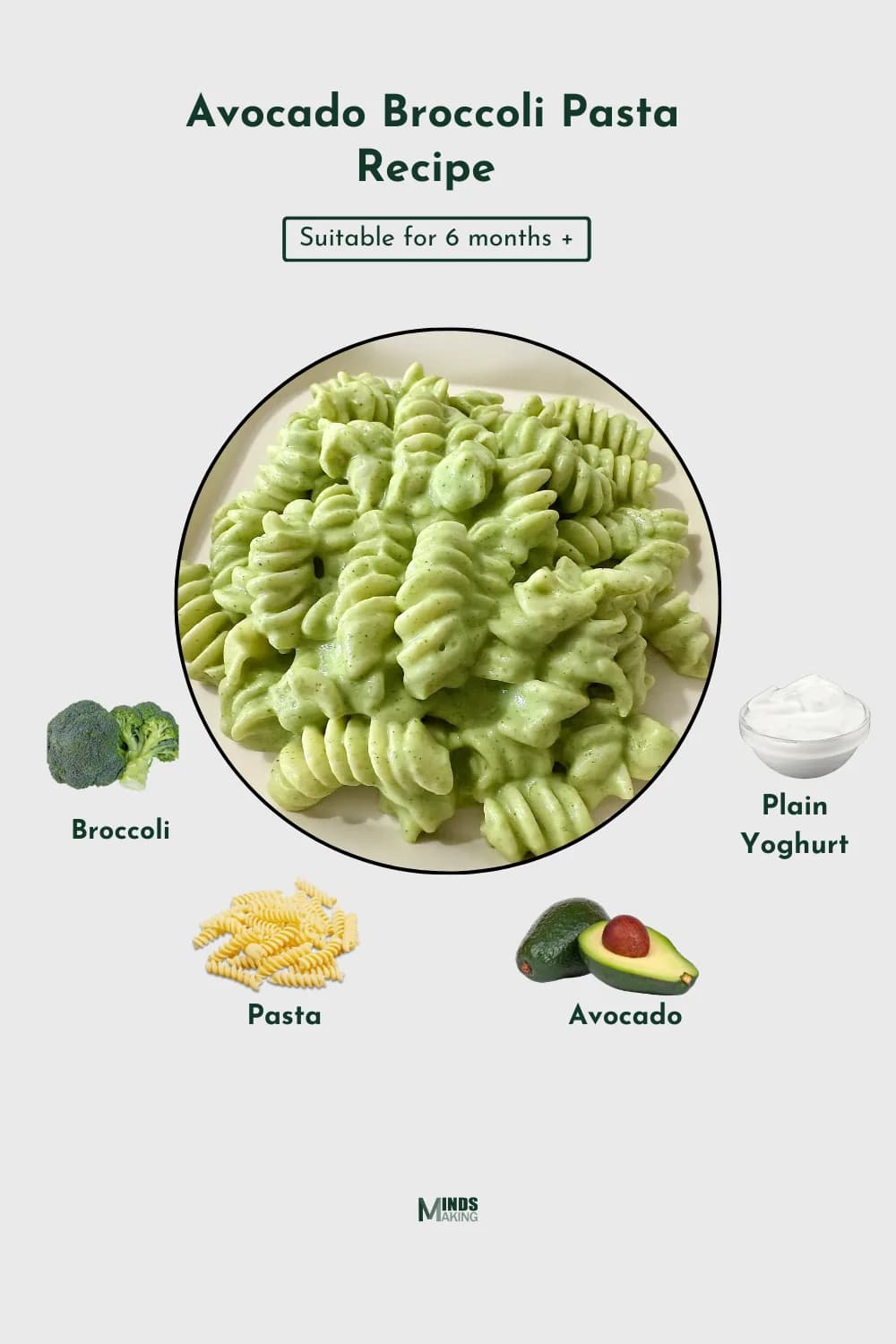
Instructions:
1. Cook the pasta: Bring a pot of water to a boil. Add the pasta and cook according to the package instructions until it’s soft and tender. Once cooked, drain the pasta and set it aside to cool slightly.
Mindsmaking
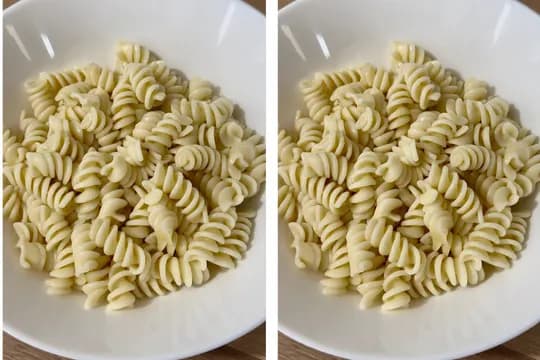
2. Prepare the broccoli: While the pasta is cooking, steam or boil the broccoli florets until soft (about 5-7 minutes). Let them cool for a moment.
Mindsmaking
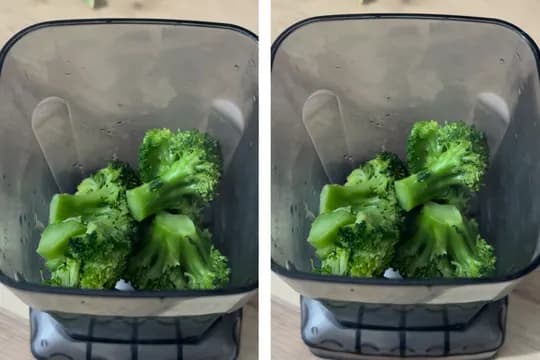
3. Make the creamy sauce: In a blender or food processor, combine the cooked broccoli, avocado, and plain yoghurt. Blend until smooth and creamy. If the mixture is too thick, you can add a small splash of water, pasta water or milk to reach your desired consistency.
Mindsmaking
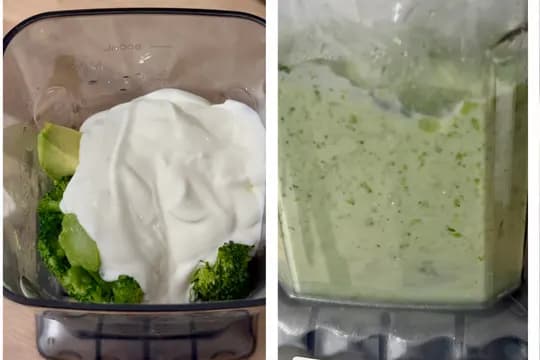
4. Combine the pasta and sauce: Pour the creamy broccoli avocado mixture over the cooked pasta. Gently stir until the pasta is evenly coated with the sauce.
Mindsmaking

5. Serve: Allow the pasta to cool to a baby-safe temperature before serving. Serve it as is, letting your baby grab the pasta pieces and explore the texture and flavours.
Mindsmaking
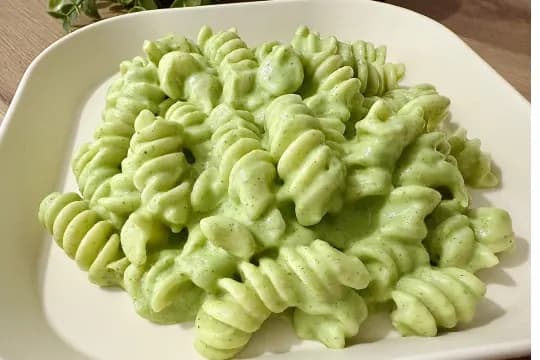
Read This Next

Recipe Ebook
Essential Guide to Starting Solids for Babies 6 Months+ - LBH Top 70 Baby Puree & Porridge Recipes eBook.
Start your baby’s solids journey with confidence using this "70 Baby Purees & Porridges" eBook! Created with care, this digital guide is packed with nutrient-rich recipes for babies 6 months and older, including purees and porridges tailored to each stage of your baby’s development.
Tips For Success
Choose the right pasta shape: Use soft pasta shapes, like fusilli or rotini that are easy for your baby to hold. Avoid long shapes, like spaghetti for younger babies.
Cook broccoli properly: Ensure the broccoli is steamed or boiled until very tender, so it blends smoothly and is gentle on your baby’s tummy.
Adjust sauce consistency: If the sauce is too thick, add a little water, pasta water, or milk to thin it out to the desired consistency.
Cool before serving: Allow the pasta to cool to a safe temperature before serving, to prevent burns.
Enhance for older babies: If serving this dish to an older baby or toddler, you can sprinkle a small amount of grated cheese on top for added flavour.
Monitor feeding: Always supervise your baby while eating, to ensure safe feeding and chewing.
Ingredients Substitutions & Additions
For the pasta, you can substitute regular pasta with whole grain pasta or gluten-free pasta for a healthier or allergy-friendly option.
If your baby doesn’t like broccoli, try using steamed carrots, peas, or spinach as alternatives. These vegetables are also nutrient-rich and easy to mash or blend.
Instead of avocado, you can use cooked sweet potato or butternut squash for a creamy texture and added vitamins.
If your baby is dairy-free, you can substitute the plain yogurt with a dairy-free version, such as coconut yogurt or unsweetened almond yogurt. Alternatively, you can use mashed cottage cheese for added protein.
If your baby is sensitive to strong flavors, skip the garlic powder or substitute it with a pinch of cinnamon or nutmeg for a milder taste.
For added healthy fats, you can drizzle extra virgin olive oil or use coconut oil. Both options are baby-friendly and provide additional nutrients.
You can also add finely chopped herbs like parsley or basil for extra flavor or nutrition. For texture, consider adding finely grated cheese (like cheddar or parmesan) or pureed fruits like apples or pears to the sauce for sweetness.
This recipe is flexible, so feel free to adjust based on your baby's preferences and dietary needs!
Serving Suggestions
Portion Size: Serve a small amount of pasta on a baby-safe plate or directly on a high chair tray for easier handling. Start with a manageable portion to avoid overwhelming your baby.
Finger Food: Leave the pasta pieces whole and coated in the sauce, so your baby can practice grasping and self-feeding.
Side Options: For variety, pair this dish with soft, easy-to-hold finger foods, like slices of steamed carrot, cucumber sticks, or a few pieces of ripe fruit (e.g., banana, or pear).
Alternative Serving Method: If your baby struggles to pick up the pasta, mash it slightly with a fork to make it easier to scoop or spoon-feed.
Family Meal: Serve the same dish to the whole family by adding seasoning, grated cheese, or a protein (like shredded chicken or tofu). This helps introduce your baby to family mealtime and shared flavours.
Temperature Check: Ensure the pasta is lukewarm or at room temperature before serving to avoid burns.
How to Store
Refrigeration: Transfer any leftover pasta to an airtight container and store it in the refrigerator for up to 2 days.
Reheating: When reheating, warm the pasta gently in the microwave or on the stovetop. If the sauce has thickened, add a small splash of water or milk to loosen it. Always ensure the pasta is cooled to a safe temperature before serving.
Freezing: If you want to store the sauce separately, transfer the blended avocado broccoli mixture into an airtight container. Freeze for up to 1 month. Thaw it in the refrigerator overnight before mixing it with freshly cooked pasta.
Avoid Storing for Too Long: Since the sauce contains avocado, it may discolour slightly due to oxidation. While this is safe to eat, it’s best to use the leftovers within the recommended time frame for optimal freshness and taste.
Do Not Refreeze: If the pasta or sauce has been previously frozen, avoid refreezing after reheating to maintain safety and quality.
Nutrition
Suitable from 6 months
Nutrition Guide (per serving):
- CALORIES: 180KCAL
- CARBOHYDRATES: 22G
- PROTEIN: 4G
- FAT: 9G
- SODIUM: 40MG
- POTASSIUM: 400MG
- FIBER: 6G
- SUGAR: 2G
- VITAMIN A: 1200IU
- VITAMIN C: 80MG
- CALCIUM: 60MG
- IRON: 2MG
Note: Nutritional values are estimates and may vary based on ingredient brands and portion sizes.
Was this article helpful?
How many stars are you giving this article?
Leave a comment
Your email address will not be published.
Comments
More From Recipe
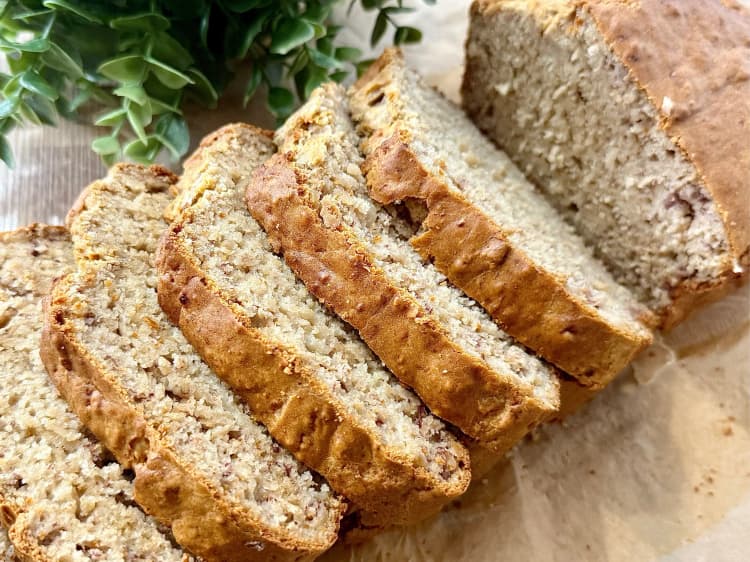
Easy Homemade Banana Bread
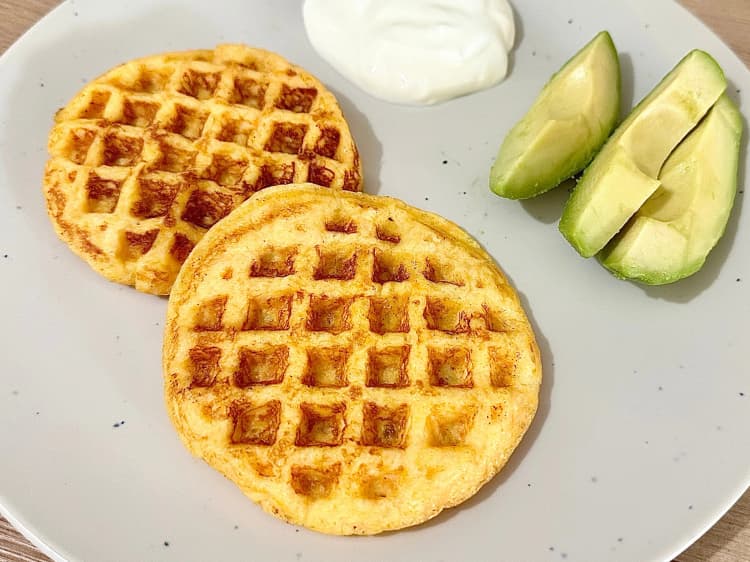
Cheesy Sweet Potato Waffles

Carrot & Banana Muffins
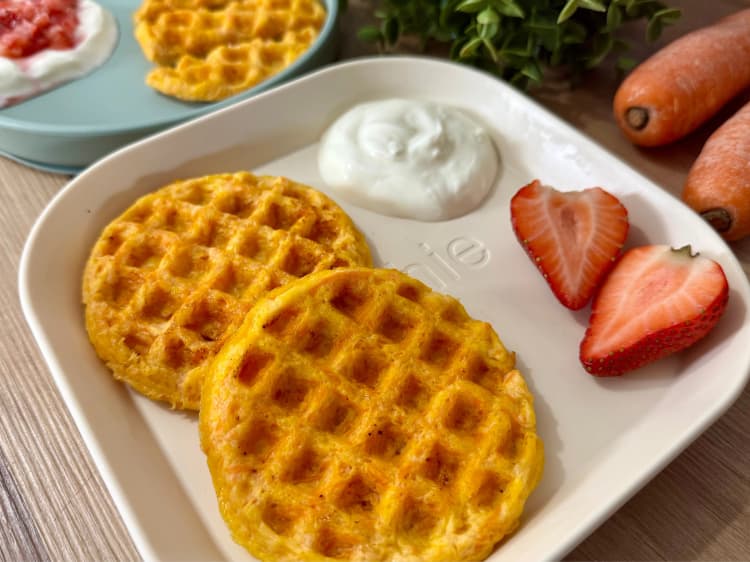
Cheesy Carrot Waffles
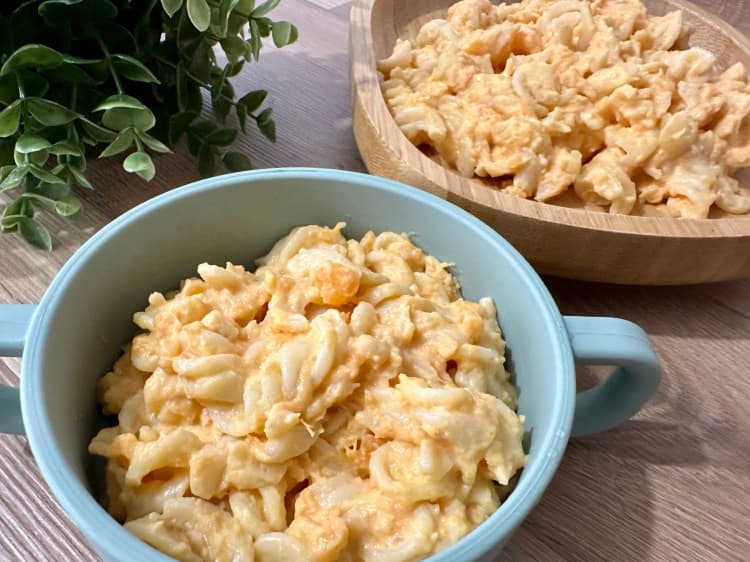
Creamy Sweet Potato Pasta
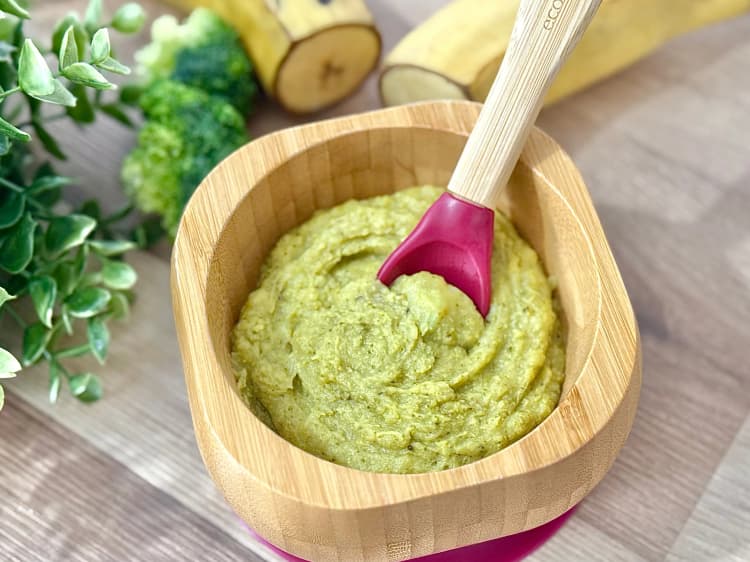
Plantain & Broccoli Curry Purée
Get new recipes to your inbox
Subscribe to our weekly newsletter and get new recipes sent to your inbox!